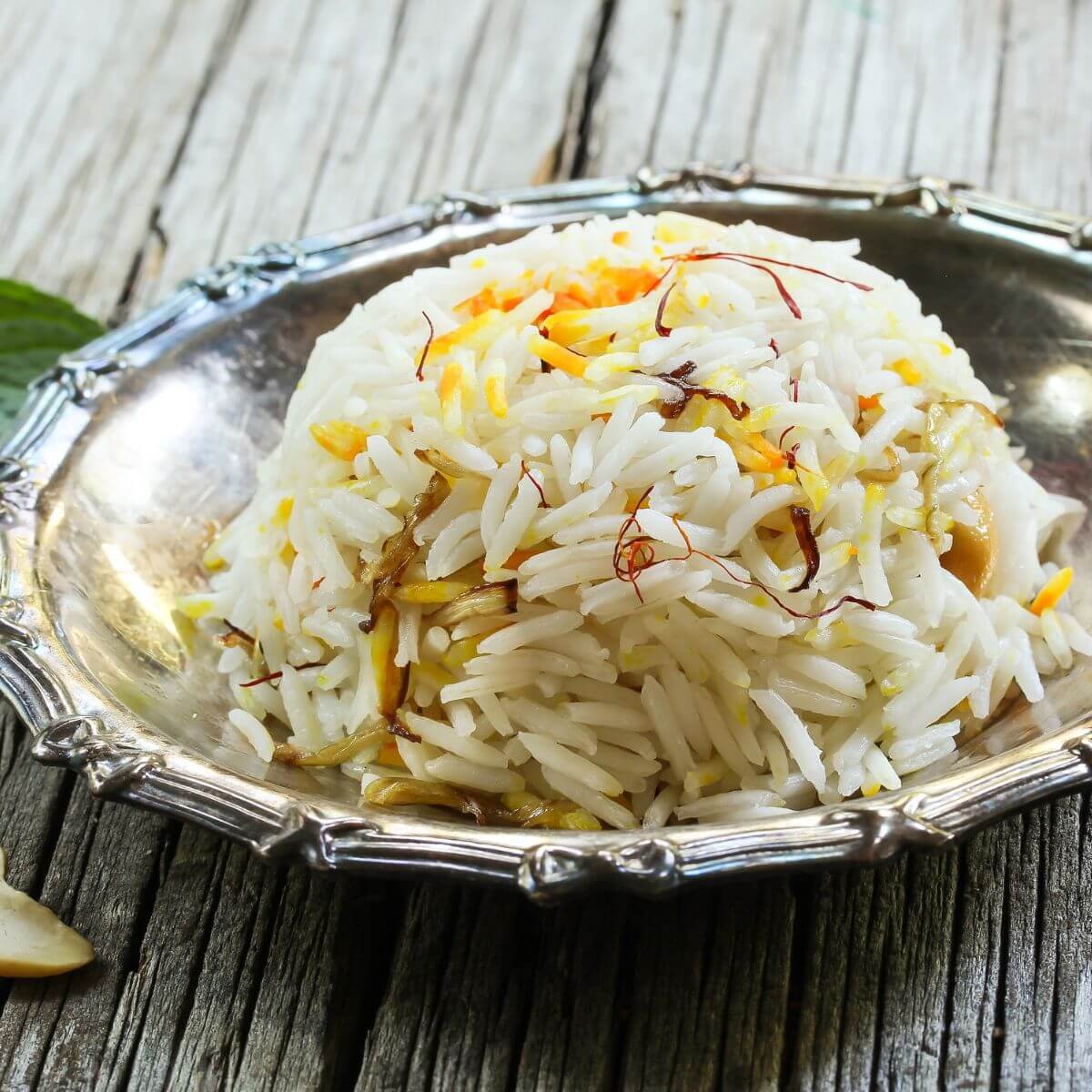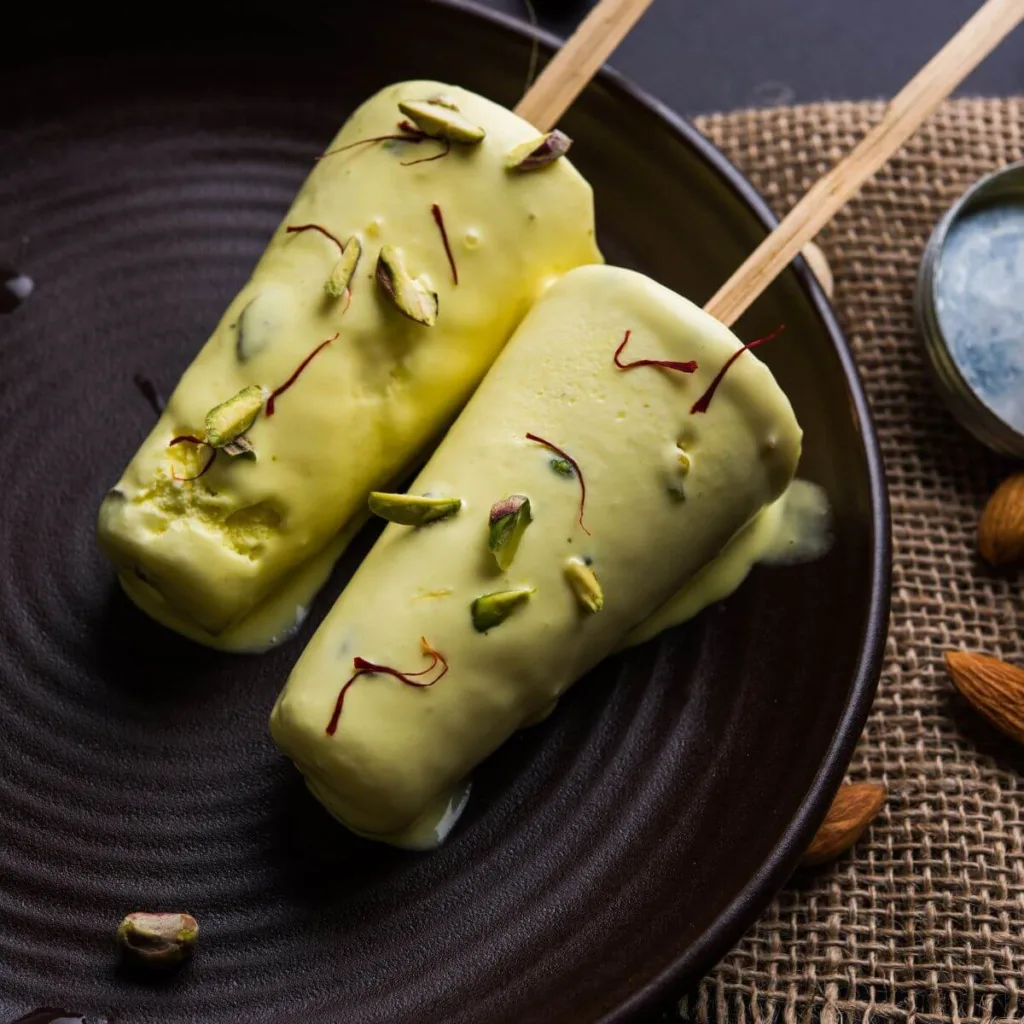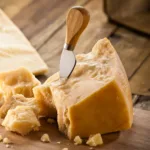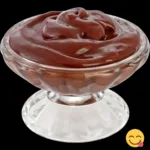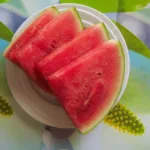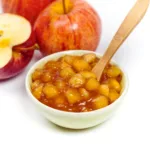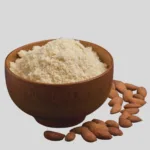Ever find yourself in the middle of a recipe, reach for a jar of saffron, and wonder: What does saffron taste like? If you’re curious about the flavor profile of this precious spice, you’re in the right place to discover the complex and tantalizing world of saffron.
What is Saffron?
Allow me to introduce you to the star of our culinary exploration today – Saffron. Known scientifically as Crocus sativus, saffron is a plant that yields a fragrance so enchanting, and a taste so complex, it has enamored food enthusiasts worldwide.
Derived from the plant’s stigmas (or threads, as they’re often referred to), saffron is a delightful ingredient that commands both the stage and the palate with finesse. Despite its miniature appearance, these slender strands pack a surprising punch, boasting an aroma that can only be described as a potpourri of hay-like sweetness, earthy richness, and floral subtleties.
What Does Saffron Taste Like?
Describing the taste of saffron can feel like describing a piece of intricate artwork. It’s slightly bitter, mildly sweet like honey, but it also has a complex flavor profile that is undeniably unique. It imparts a nuanced scent, an aromatic symphony that dances between floral and earthy with a hint of pungent sweetness. The true magic of saffron flavor is the depth and complexity it brings to any recipe, adding layers of flavor that unfold on the palate with every bite.
Where is Saffron Grown?
Saffron’s journey from flower to plate begins in a surprising number of locales. Iran is by far the most significant contributor, accounting for about 90% of global production. However, other countries like Spain, Greece, India, and Morocco also cultivate saffron, albeit on a smaller scale. These regions provide the optimal blend of sunlight and temperature for the Crocus flower to bloom and yield high-quality saffron.
Different Varieties of Saffron
Did you know there’s more than one type of saffron? Depending on its origin, saffron can vary in flavor, aroma, and quality.
Spanish Saffron
Known as “azafrán” in Spain, Spanish saffron is a celebrated ingredient, integral to the country’s culinary heritage. Used primarily in recipes like paella, it is highly prized for its strong and distinct flavor. The allure of Spanish saffron lies not just in its quality, but also in its traditional harvesting methods that have been passed down through generations. It lends a wonderful yellow-orange hue to foods and infuses them with a unique aroma that is subtly floral yet incredibly potent.
Iranian Saffron
Iran is the largest producer of saffron, contributing to over 90% of the global supply. Iranian saffron is cherished for its rich color and intense flavor, much of which is due to Iran’s ideal growing conditions. The result is saffron with a high concentration of aroma-yielding compounds. This type of saffron is commonly used in traditional Persian recipes, such as saffron rice and a variety of stews. It is often described as having a slightly more bitter flavor profile compared to its Spanish counterpart but is equally mesmerizing.
Greek Saffron
Greek saffron, or Krokos Kozanis, is another variety that has found favor with chefs and food lovers worldwide. Grown primarily in the region of Kozani, it is known for its high crocin content, which translates to a potent color and a strong flavor. What sets Greek saffron apart is its sweet, floral aroma, and the slightly milder flavor compared to the other two varieties. It is commonly used in traditional Greek cuisine, from savory to sweet, and even as an herbal tea. Its vibrant color, robust aroma, and unique flavor make it a cherished ingredient in the Mediterranean kitchen.
These different varieties of saffron, each with their unique qualities, provide a diverse palette for the discerning chef or home cook. While they share common characteristics, the subtle differences in aroma, flavor, and color offer different experiences, allowing you to tailor your choice to the specific recipes you’re preparing. So, whether it’s the robustness of Iranian saffron, the intensity of Spanish saffron, or the floral sweetness of Greek saffron, the world of saffron offers a delightful journey for the senses.
Types of Saffron
Ingredients
Types of Saffron
- Spanish Saffron
- Iranian Saffron
- Greek Saffron
Nutrition
Nutrition & Health Benefits
Beyond its culinary appeal, saffron also offers a treasure trove of health benefits. Often hailed as the ‘gold of spices’, saffron not only adds a luxurious touch to foods but also brings along a plethora of health benefits. Packed with various anti-oxidizing compounds, this small but mighty spice can have significant impacts on overall health.
Rich in Antioxidants
Saffron is a treasure chest of powerful antioxidants, including crocin, picrocrocin, and safranal. Antioxidants help protect our cells against oxidative stress and inflammation, thus reducing the risk of chronic diseases like heart disease and cancer.
Below are a few other foods rich in antioxidants:
Crocin
One of the most prominent antioxidants found in saffron is crocin. This compound is responsible for saffron’s vibrant color and has been linked to various health benefits. Studies have shown that crocin may improve memory and learning skills, offering potential therapeutic benefits in neurodegenerative disorders like Alzheimer’s disease. It also exhibits promising effects on eye health, with research indicating its potential to slow down age-related macular degeneration.
Picrocrocin
Picrocrocin, another compound, is largely responsible for saffron’s unique taste. Emerging research suggests that it might have therapeutic potential in managing metabolic syndrome due to its antioxidant and anti-inflammatory properties.
Potential Mood Booster
One of the most exciting areas of research around saffron involves its potential role in mental health. Numerous studies suggest that saffron may be beneficial in managing symptoms of depression. Its mood-enhancing properties are believed to be linked to saffron’s antioxidant content and its possible role in balancing neurotransmitters in the brain. Although more research is needed, preliminary findings suggest that saffron may be a promising natural adjunct in treating mood disorders.
Heart Health
Aside from its possible neurological advantages, saffron can also aid in promoting heart health. Studies suggest that the antioxidant properties of saffron can potentially decrease cholesterol and blood sugar levels, which are crucial factors in managing heart disease and diabetes.
Blood Sugar Control
In addition, saffron has demonstrated its potential in helping with weight loss, enhancing sleep quality, and alleviating symptoms of premenstrual syndrome (PMS), making it a highly versatile spice with numerous health benefits.While saffron is most often celebrated for its culinary prowess, its potential health benefits are equally impressive.
How to Store Saffron
Given its status as one of the world’s most expensive spices (thanks to the labor-intensive harvesting process), saffron deserves a bit of TLC when it comes to storage. An airtight container, preferably dark to block sunlight, tucked away in a cool, dry place is all you need. Saffron’s archenemy is moisture, so avoiding any contact with liquid is crucial unless you’re using it in a recipe right away.
Why Is Saffron So Expensive?
Saffron holds the title of the world’s most expensive spice for a reason. Its staggering price can be attributed to the intricate and labor-intensive process of its cultivation and harvest.
The saffron we use in our kitchens comes from the stigma of the Crocus sativus flower. Each of these flowers, which only bloom for a week or two each year, has only three tiny stigmas. These stigmas (or threads) need to be hand-picked at dawn to avoid the heat of the sun, which can cause the flowers to wilt and impact the quality of the saffron. It’s estimated that it takes about 75,000 crocus flowers to produce just one pound of saffron spice, which helps explain its hefty price tag.
If that wasn’t enough, the drying process of saffron is another factor contributing to its cost. The threads need to be quickly and carefully dried to preserve their color, aroma, and flavor. All these factors – the volume of flowers needed, the painstaking process of hand-harvesting, and the meticulous drying process – justify saffron’s status as the most expensive spice in the world.
How to Save Money on Saffron
While saffron is indeed a costly spice, there are ways you can ensure you’re getting the most value for your money:
- Buy Whole Threads: Opt for whole saffron threads instead of powdered saffron. The powder is often adulterated and may not give you the authentic flavor and color that real saffron does. Whole threads might seem more expensive, but a little goes a long way, so it’s more economical in the long run.
- Use Sparingly: Given saffron’s intense flavor, a little goes a long way. Just a pinch of threads is enough to infuse a dish for four people, making it a more affordable luxury than you might think.
- Store Properly: To maximize the shelf life of saffron, store it in an airtight container in a cool, dark place. Proper storage preserves its flavor and potency for longer.
- Buy in Bulk: While it may seem counterintuitive to save money by buying more, saffron is one of those exceptions. If you regularly cook with saffron, buying in bulk can be cost-effective as retailers often offer discounts on larger purchases.
While saffron may be an investment, its unparalleled taste, aroma, and vibrant color make it a worthwhile addition to your spice rack. With these tips, you can make the most out of your saffron purchase without breaking the bank.
Best Ways to Use Saffron
Saffron’s unique taste and aroma can elevate a variety of recipes and cuisines. It’s commonly used in rice dishes, like the famous Spanish paella or Persian saffron rice, as well as risottos, where it imparts a beautiful golden-orange hue and a tantalizing aroma.
Rice Recipes
When thinking of saffron, one of the first things that likely comes to mind is the famous Spanish paella. Saffron gives this iconic dish its vibrant color and unique flavor. Another classic dish is Persian saffron rice, where the saffron not only dyes the rice a beautiful golden color but also imparts a tantalizing aroma that is sure to whet your appetite. Simply put, rice and saffron are a match made in culinary heaven.
If you’re a fan of rice recipes, check out our post on sauces for rice.
Risottos
Next, let’s set our sights on Italy, where saffron is a key player in the traditional risotto alla Milanese. The saffron threads are usually steeped in hot liquid to release their color and flavor before being added to the dish, resulting in risotto that’s as pleasing to the eye as it is to the palate.
Chicken Recipes
Saffron’s power to transform doesn’t stop at rice and risotto. It can take a humble chicken dish and turn it into a culinary masterpiece. Whether you’re preparing a roast, a tagine, or a stew, a sprinkle of saffron can elevate your chicken dish, giving it an attractive color and an added layer of flavor. Try it in a white wine sauce for a luxurious touch.
Desserts & Puddings
Venturing beyond savory, saffron proves to be just as competent in the realm of sweets. It brings an exotic touch to desserts, especially puddings. Think of Indian rice pudding or a Spanish flan delicately tinged with saffron’s golden hue. Even a hint of saffron in your orange or honey-based dessert can turn a simple treat into a gourmet delight.
Ice Cream
Who would have thought that saffron and ice cream would make such a harmonious pair? The delicate flavor of saffron, especially when combined with fragrant cardamom, gives a unique twist to homemade ice cream. It’s a refreshing, indulgent treat that is sure to leave your taste buds wanting more.
From savory to sweet, saffron brings color, flavor, and a touch of luxury to a wide range of culinary experiences. Its flavor profile and stunning hue make it a versatile spice that you’ll reach for time and again when you want to elevate your cooking.
Saffron FAQs
What does saffron taste similar to?
While saffron has a unique taste, its sweet floral profile can be likened to the scent of roses with a hint of honey. There’s also a metallic note, making it a complex profile of flavors that’s difficult to replicate.
Why is saffron so expensive?
Saffron has earned its title as the ‘most expensive spice’ due to its labor-intensive harvesting process. Each crocus flower yields just three saffron strands, and they must be handpicked. Furthermore, it takes approximately 75,000 flowers to produce a single pound of saffron!
Does saffron change the taste of food?
Saffron is more than just a flavoring agent – it’s a game-changer in the world of cooking. Even a small pinch of these threads can transform the overall flavor profile of a dish, releasing a complex combination of flavors that add a gourmet touch to any recipe. Saffron’s flavor is not overpowering – rather, it subtly transforms the dish and melds with other ingredients to create a harmonious taste.
But saffron’s influence goes beyond taste. It also brings an aromatic component to the dish, enhancing the overall sensory experience. As it seeps into the recipe, saffron releases a golden-orange dye that adds to the dish’s visual appeal, making it a feast for both the eyes and the palate.
Saffron is unique for its triple-threat offering: a vibrant dye, a complex flavor enhancer, and an aromatic powerhouse. It’s no wonder that it’s a coveted ingredient in kitchens worldwide. Its labor-intensive cultivation process and the volume of flowers needed for a small yield make it incredibly precious. So, next time you’re cooking a savory chicken dish or a comforting risotto, consider adding saffron to elevate the original recipe to new heights.
Does saffron add flavor or just color?
Saffron does both! It adds a unique flavor that’s both subtle and complex, and its vivid crimson threads render a beautiful golden color to dishes.
When it comes to buying saffron, remember that quality matters. Look for threads that are uniformly red and avoid those with a lot of yellow stigmas, as they can affect the overall flavor. And remember, a little goes a long way, so use sparingly. High-quality saffron will deliver on both color and flavor fronts, even in small amounts.
Before we wrap up, it’s worth noting that while there are potential saffron substitutes, like turmeric, paprika, cumin, or coriander, they might mimic the color but can’t truly replicate the unique taste and aroma of saffron. So, it’s always best to invest in the real deal when possible.
With its vibrant color, unique flavor, and unparalleled aroma, Saffron is more than just a spice. It’s an experience, a celebration of sensory delight, and an exploration of diverse cultures and cuisines. From risotto to rice pudding, paella to ice cream, its versatility is a testament to saffron’s unrivaled culinary charm. So go on, indulge, experiment, and let the magical world of saffron take your culinary prowess to new heights!

